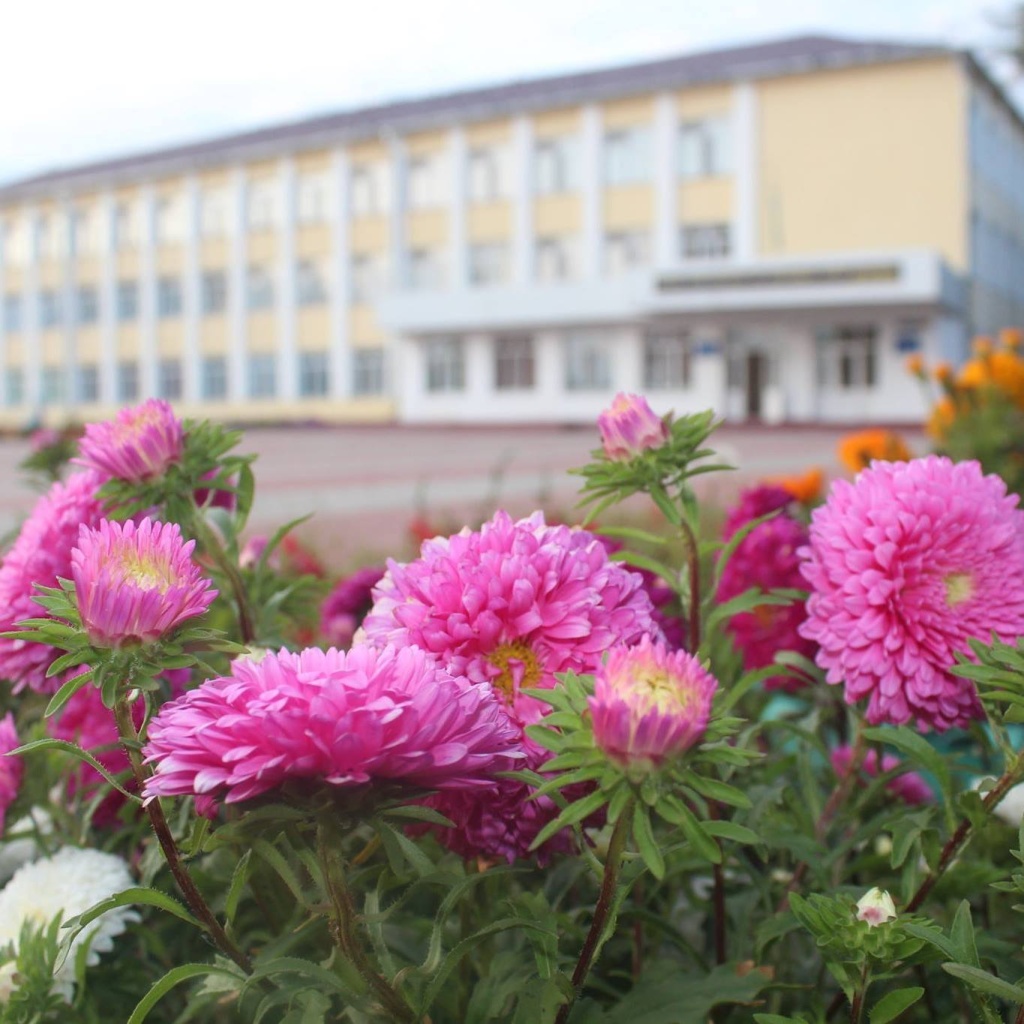Secondary School No. 1 of Astrakhanka Village
About the school
KSU “Secondary School No. 1 of Astrakhanka Village” has been operating since 1967. In 2017, the school building underwent major renovations.
In 2024, as part of the “Development of Hub Schools in Rural Areas” project, and with the support of the “Qazaqstan Khalkyna” Public Fund, the school received 230 million KZT in funding. These resources were used to equip all classrooms and auxiliary facilities in line with modern standards, including a TV studio, ART studio, STEM lab, FabLab, and a robotics classroom.
On August 28, 2024, by order No. 153, the school was officially designated as a hub (resource) school.
Design capacity: 500 students
Current enrollment: 335 students
Secondary School No. 1 of Astrakhanka Village is a dynamic educational hub providing modern infrastructure and comprehensive development opportunities for students, while serving as a growth platform for dedicated educators.

Address
21 Al-Farabi Street, Astrakhanka Village, Astrakhan District, Akmola Region, Kazakhstan
Contacts
Progress
Teachers
The school’s teaching staff regularly wins awards and recognition at the district, regional, and national levels:
-
2nd place in the regional stage of the “Best Homeroom Teacher – 2024” national competition
-
Awards in contests such as “Best Author’s Program,” “Golden Pedestal,” “Best Elementary Teacher”
-
Letters of gratitude from the Ministry of Education, local government, and Akmola Regional Department of Education
-
Participation in national and international conferences on pedagogy, inclusion, and teacher development
Students
-
1st place in the district stage of the Presidential Olympiad (Grade 11)
-
Prize winners in the “Golden Saken” Olympiad for Grades 5–6
-
Victories in district sports, arts, and academic competitions
-
1st place in Geography Olympiad, 3rd place in Biology
-
Active participation in national projects such as “Zerde,” “Atameken,” and “Young Historians”
